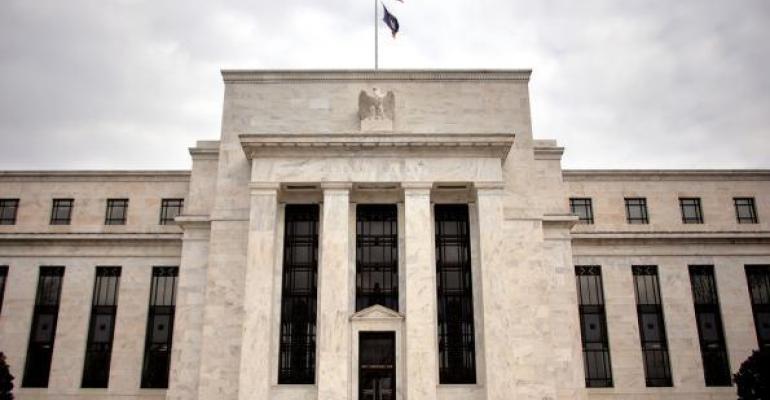(James Saft is a Reuters columnist. The opinions expressed are his own)
Sept 22 (Reuters) - The neutral interest rate to keep the economy in balance, R-star, is in hot debate among economists and central bankers as secular stagnation seems to have driven it lower.
The Federal Reserve on Wednesday cut the R-star rate to 2.9 percent from 3 percent at its June meeting and down from 4.25 percent in 2012.
This goes hand in hand with falling expectations of long-run growth, as a lower interest rate is needed to balance growth and inflation when less of both are possible.
For investors, low growth and low inflation and a low R-star translate directly into what it is reasonable to expect to earn on investment portfolios.
"All else being equal, a lower natural rate will lead to diminished return expectations across all asset classes. This comes at a time when pension funds are under tremendous pressure," Saker Nusseibeh and Eoin Murray of Hermes Investment Management wrote in a note to clients. (https://www.hermes-investment.com/ukw/wp-content/uploads/sites/80/2016/0...)
Secular stagnation and low investment returns are arriving at what would be a truly terrible time for many investors and collective savings plans. Low interest rates don't just indicate likely future returns, they also are used to determine liabilities. As a result of low rates, low contributions and low returns, U.S. state pension funds alone face a $934 billion shortfall, according to an August report from the Pew Charitable Trusts. Many corporate pension funds and individual savers are in similar positions, if you subject them to similar analysis.
To be sure, R-star may return to its historical norms, just as it may remain where it is or even drop. As it is unclear what exactly has led to secular stagnation it is probably wise for savers or investment managers to base their own forecasts off of present reality.
For the major asset classes - stocks and bonds - which make up most of a traditional asset allocation, present reality is not looking too good.
Global negative-yielding government debt now stands at almost $11 trillion and median yields on 10-year bonds are now 263 basis points lower than where they were just five years ago, according to Fitch Ratings.
Yet investors build their portfolios around negative or very low-yielding bonds, despite them having no or very little compensation and substantial risk of capital loss if ever rates do rise.
Allocating Assets Ain't What It Used To Be
The trip down to here has been great for bond owners, with a global government bond portfolio up 22 percent thus far in 2016, the best performance in 30 years. Going forward, according to calculations by Hermes, things won't be so good. Investors might expect a 1 percent real return from Treasuries and only 2 percent from bank loans or 3 percent from high-yield bonds.
"The returns throughout the Great Moderation of the last 30 years now look anomalous, and from here we should heavily discount the magnitude of the historical returns that we have enjoyed," Nusseibeh and Murray write.
Going forward they see equity returns as also suppressed, with U.S. stocks offering a real return of only about 2 percent annually. Other developed market equities will return 5 to 8 percent on the same basis, and emerging markets a bit more.
The long and short of it is that your typical 60/40 stocks/bonds portfolio may only achieve 3 percent returns after inflation. Be in no doubt, if those sorts of returns last six or seven years many pension funds will be pushed to the breaking point with shareholders, taxpayers and would-be retirees left to suffer.
Because the stakes are so high and the possible outcomes include so many which are politically or personally frightful, it is likely that those in charge will react by taking on more risk.
This may be done through more active or highly concentrated strategies, or through making more investments in non-public arenas, like private equity, infrastructure or real estate.
It isn't that this won't work, or work out better than classic asset allocation, it is that these strategies bring with them more risk. Some will do well. But private assets like long-term infrastructure loans pay a premium to investors for a reason. They are illiquid and can have other idiosyncratic risks.
The best advice may be to save more and expect less. (Editing by James Dalgleish)






